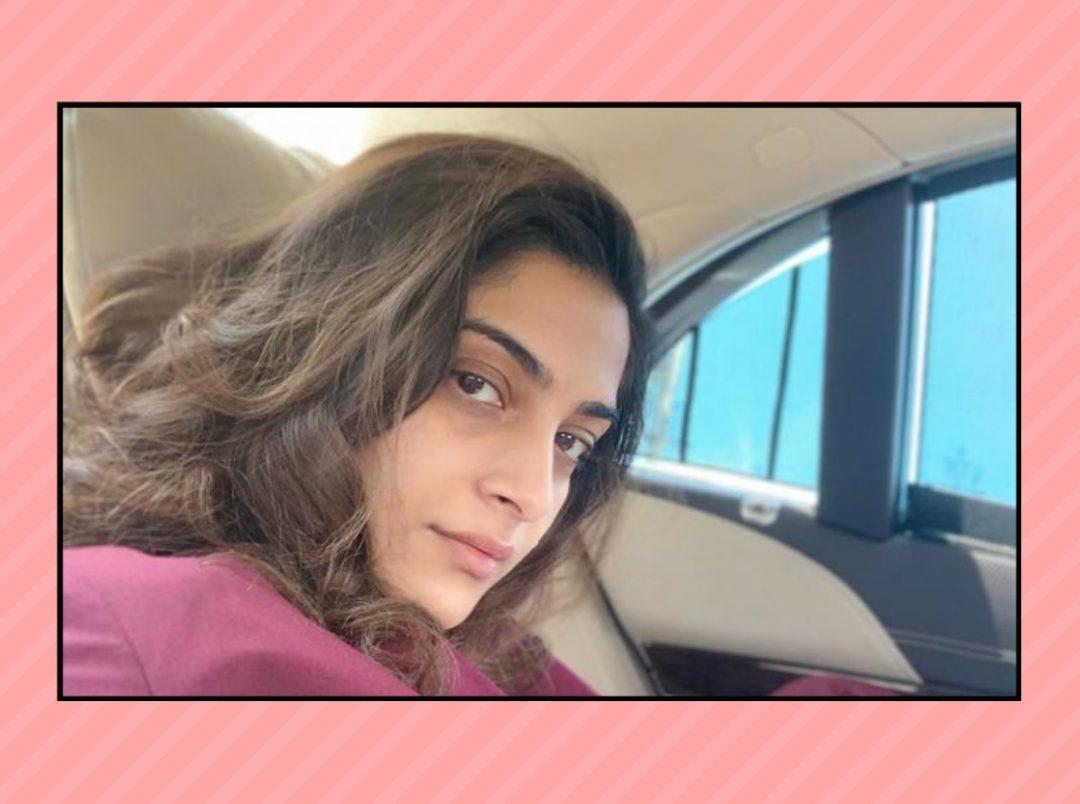I’ve been intrigued by this question for as long as I can remember. I developed dark under-eyes during lockdown (courtesy of a lack of schedule, and my commitment to binge-watching The Vampire Diaries), and they’ve pursued me ever since then. Though mine can justify their existence, I’ve noticed that my mother has them too. The difference between the two of us is that she’s pretty disciplined: she exercises, drinks enough water, sleeps on time, and follows a diet. Why, then, does this phenomenon latch onto her? Is it genetic? And if it is, are my genes, too, solely to blame? Or is it because of the colour of our skin? Really—is Indian skin more likely to develop dark circles? Who’s the culprit?
To solve this mystery, I decided to connect with Dr. Manjot Marwah, Award-Winning Celebrity Dermatologist, Hair Transplant Surgeon, & Consultant & Director at Dr. Manjot’s Clinic, to tell me more about how they’re caused, whether they have types, and if the colour of our skin dictates how evident they are. Ahead—the revelation.
Are Indian Women More Likely To Develop Dark Circles?
Are there different types of dark circles? Please break them down for us.
Yes there are different types of dark circles depending on their cause. A common classification is dividing them into 4 types:
- Pigmented: wherein the skin is actually pigmented (brown color)
- Vascular: wherein there are lots of blood vessels and thin skin in the undereye area, and they appear bluish but the skin is not actually pigmented (blue/pink/purple color)
- Structural: these are mainly because of a shadow effect occurring because of the structure of the bone causing a hollowing (skin-color)
- Mixed Type: this can be a combination of two or more of the above.
How are they caused?
There are so many causes, and they’re multifactorial. That’s why they are so common.
- Lack of sleep or poor sleeping habits
- Allergies (including hay fever)
- Hyperpigmentation (which happens when the body produces more melanin)
- Reduced levels of fatty tissue around the eyes
- Thinning skin under the eyes
- Anemia from iron deficiency
- Overexposure to sunlight
- Frequent rubbing of eyes
- Aging
- Smoking
- Inherited genes
- Thyroid conditions
- Dehydration
- Dermatitis
- Eyedrop treatment for glaucoma (such as bimatoprost)
Why is Indian skin more prone to dark under-eyes/circles?
Indians have a higher content of melanocytes (these are cells that contain and produce a pigment called melanin—responsible for the colour of your skin); and that’s why they have a higher incidence of pigment-related disorders. Additionally, we have a tendency to deal with pigmentation after eczema or dryness. An allergic reaction near the eyelids or dryness causes pigmentation in Indians.
Can you give us some tips on reducing their appearance?
Firstly, identify the cause. You can do an eyelid stretch-test—just stretch the skin below the eyelid, and see if the pigmentation looks better. If it does, the dark circle is structural or vascular, and just creams won’t benefit. You might need to consider dermal fillers or fat-grafting to fill the hollowness. If the vascularity is high, products with caffeine are economical and can be used as DIYs too.
If the pigmentation persists despite stretching the skin, invest in a good Vitamin C-infused serum. You can apply it on your face as well as the undereye area—serums with actives such as Kojic Acid, Arbutin, and Azelaic Acid can be applied on the undereyes. They’re not too strong, and you do not need to invest in a separate cream for them. Ageing or wrinkly under eyes will benefit from a good moisturiser and peptides.
Vitamin C-Infused Serums We Recommend
Under-Eye Creams We Recommend
Can you absolutely eliminate them?
In some cases, yes, especially the structural types can be eliminated with dermal fillers done by a trained aesthetician. The other type – the stubborn ones, need more in-depth understanding of the cause before trying treatments. Remember that lifestyle changes and good hydration go a long way in reducing their pigmentation.
And we’ve spilled the tea on dark under-eyes.
Featured Image: Instagram









